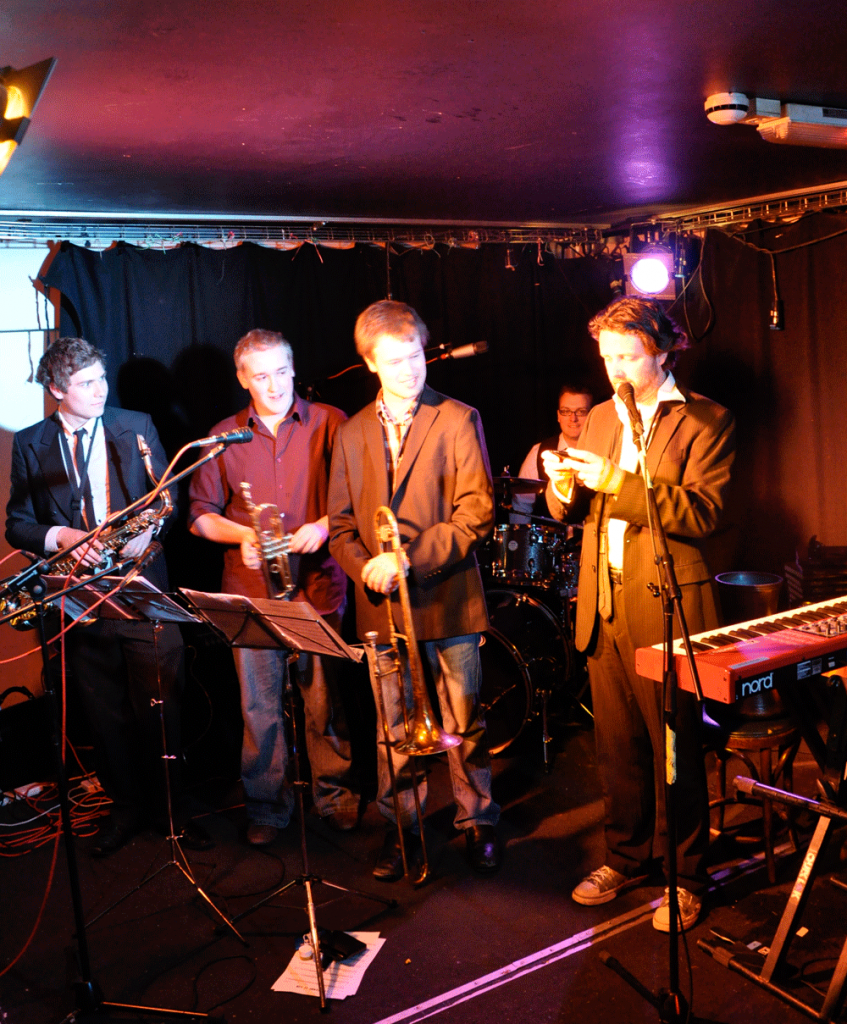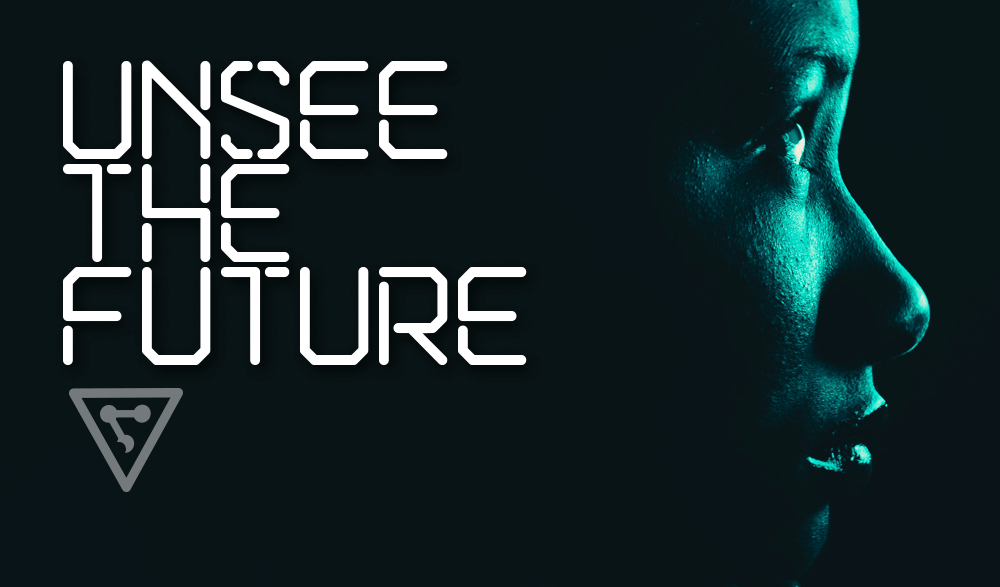What does an artistic emergency look like?
I know you. You’d say now’s not the time for such frivolity, Peach. We’re in a real crisis.
To which, in Condescending Article Writing Mode, I would say knowishly: “We’re actually in a dozen global crises at once, mate. Coronovirus is just a blacklight on all the crap we’d already not learned how to deal with.”
Crap born almost entirely out of culture.
Culture is a sort of unconcious narrative habit. A context for living that’s essentially a story we think we’re in – shaping the character we play, with out us noticing. So perhaps there’s no better moment than Mental Health Awareness Week in a confusingly half-ending pandemic lockdown to talk about ways of seeing.
We’ve been seeing the world through little windows for weeks – smered kitchen panes, smered laptop screens, smered PPE visors. If lucky enough to get your unbelievably clean hands on those. And that blinkering of sensory contact with each other and with the outside has amplified the inside – the sound of our own heads, trying to process this massively weird context malfunction. We live and form our view of the world by the world within us, and that world is likely to be getting increasingly rattled. If only we knew what to do.
I’m often wanging on about art being testimony. Something that cuts through binified, fake-news times with some personal truth – transforming reality with an experience. Art can walk into the middle of no-man’s land and sing.
And man do we feel it. Those first few weeks of rattling pans and cheering and singing for our NHS workers was motivationally moving, up and down our streets. It made some emotional sense. Shame we’ve not learned how to make economic sense of it.
While you might think now is not the time to put together the words Art and Emergency, across connections, resources, tracks of creative thought and entire livelihoods, artistic practitioners are certainly losing things at the moment. Fundamental aspects of their lives, even. Partly because their work is hard to value robustly – even though they tend to put their whole lives into it. And edificial creative landmarks in our cities and towns are as likely to disappear in the next few months as the artists, DJs, players and events businesses wanting to populate them.
How do we value this?
ENGAGE THE SURVIVAL TOOLS.
Art is significantly about making emotional sense of the world and working out what to do. It’s as primary as any cynical survival of the fittest yuppie mantra. It is a first response mechanism for humans. And out of it can come whole new ways of seeing – our worlds, our problems, our selves. Yet how do we value this, in a time of crisis? In a financialised, free market economics world, it is the first thing we switch off.
Yet, as we cheer first responders in the NHS and have remarkably adapted to sheilding them and the vulnerable by locking down, how are we gearing up for the next health crisis – that of our mental wellbeing attempting to make sense of all this? And how are we valuing either of these groups of workers, trying to help us secure wellness amid the threats?
Though a big part of my own outlook is that of a designer, art for me is music. It’s where I’ve always gone to make sense of my own worldsview and to recharge my creative pilot light to solve other problems. But for some reason, it hadn’t occured to me to pause my grand schemes and try to just testify. Despite all the wanging on I’ve done. So Easter weekend, I attempted it. And the result was a piece called Pandemonstrate.
It’s a song deliberately styled with a heavy, summery retrowave vibe – reeeally 80s, in other words. Because that summer of ’88 really was when I bought my first four-track and never looked back, and also because it was the era that founded the amplification of all our problems. The good ol’ cult of globalising free market economics.
Today, it seems, that economic window onto what we value has clouded our ability to look forward and imagine true visions of the future, because its relentless implication for forty years is that we’re not supposed to share much. Dreams are naiive, mate. Dystopia is the only realism. Love will betray you. Pick your bleating cynical comfort blanket prayer as you close your eyes there.
It’s all to such blinding degree, it feels like we are left only with nostalgia. A haunted longing, looking back in our minds. Back to the dreams, and summers, that would never come for most of us. An individualism so lonely, it has weakened the fundamentals of society – our ability to share possibilities. Something a pandemic calls out fearsomly. No wonder we have anxieties.
Art helps us connect. And engage. With – take a deep breath – truth. The ones lurking in you. It can help you find a way to do that thing you most don’t want to do with your mental health – face it. Engage with the unreconciled realities and expectations with in us, and with the undrawn worlds beyond us. Beyond this moment. I have become a firm believer that the kinetic act of moving into creative expression can unlock our minds and empower that illusive businessy word that’s boringly haunted everything all this century – innovation. New ways of seeing how we do everything, even fundamentally.
If there’s an emergency right now, it is of our imaginations. They are on the life support of Netflix and the venitlators of substance dependency and porn. But they long to breathe out in the open again and get to creative work. Because it’s not about you or me. It’s about our shared knowledge and wellness – that’s how you fix the context for the individual.
This is the crisis moment we must learn how to re-value our imaginations. And the artistic professionals who could help us revive those utterly essential survival tools.
SUPPORT THE CREATIVE MINDS CAMPAIGN BY DORSET MIND AND DISCOVER THE FULL MUSIC FILM FOR PANDEMONSTRATE BY MOMO:TEMPO – RIGHT HERE >

